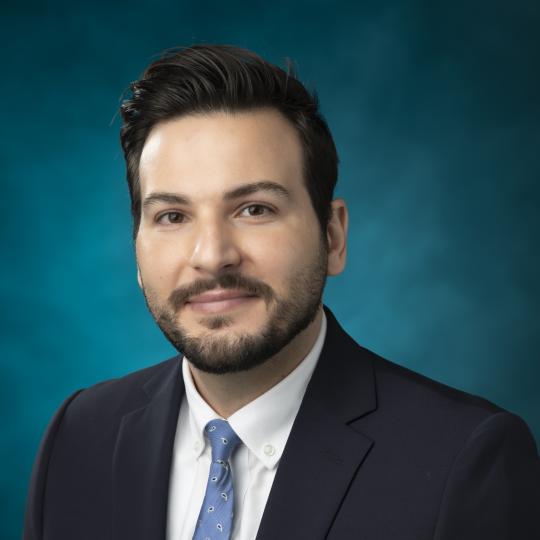Chronic Ear Disease
Overview
Your child may have a chronic ear disease if an ear infection cannot be resolved with normal treatment or the symptoms of an ear infection reoccur after treatment. Surgery for middle ear infections often means placing a drainage tube into the eardrum of one or both ears. It's one of the most common childhood operations.
Two common types of chronic ear disease are:
Chronic otitis media. Chronic otitis media is an ongoing problem with fluid or infection in the middle ear. A small tube called the Eustachian tube connects the ear to the throat. The Eustachian tube drains fluid from the middle ear and circulates air to help keep even pressure on both sides of the eardrum. Infections can block the tube, which keeps it from draining. This causes pressure and fluid to build up in the ear.
Cholesteatoma. Cholesteatoma is an abnormal growth of skin in the middle ear. It can be caused by ongoing pressure problems in the middle ear, frequent ear infections or by a problem with the eardrum. Over time, the growth can get bigger, damaging the tiny bones of the ear. This can cause hearing loss. Without treatment, cholesteatoma can continue to grow and cause dizziness, permanent hearing loss or loss of control over some of the muscles in the face.
Our providers
Why SIU
Continually learning
With a focus on continual improvement, our doctors take the time to research, study and innovate to provide the latest treatments for our patients.
Patient-first experience
Our care ranges from primary care physicians to specialists and sub-specialists who have advanced training. We're here for you when you need us.
Breakthrough tech
Continually teaching the next generation of doctors, our physicians use the latest developments in procedures and technologies for our patients.


